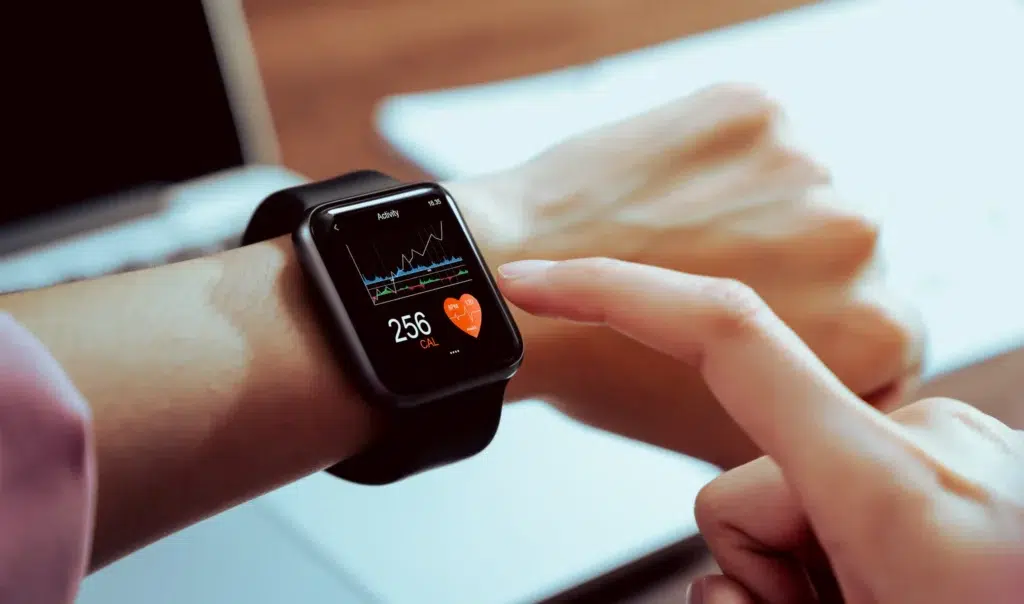Dealing with your insurance company after an accident can be a tough process. It becomes even harder when they try to turn your own medical history against you and blame your pain on pre-existing conditions in an attempt to get out of paying what they owe.
This is exactly what happened to one of our clients after she was in a car accident in Jacksonville. Read on to learn how we got our client the justice she deserved with a little help from a surprising source: her Apple Watch.
When Insurance Companies Blame Pre-Existing Conditions
We’ve been in the personal injury game for decades and, unfortunately, we’ve seen it all. It happens far too often that insurance companies lean on past medical history as an excuse to reduce or even deny the compensation they owe. Any documented illness or injury could end up being an opportunity for an insurance company to claim that any new injuries were actually pre-existing conditions.
At the end of the day, insurance companies are businesses, and they want to make a profit. This can come at the expense of those who’ve paid their insurance premiums, expecting support when they need it most.
How a Car Crash Worsened Pre-Existing Injuries
Our client had arthritis in both her knees and had been living with the condition for years. It wasn’t easy, and she wasn’t pain-free, but the arthritis was manageable. She put forth the effort and walked several miles every day to keep fit and healthy.
Then, a car accident changed everything.
Suddenly, her arthritis went from manageable to completely unbearable. She ended up needing a full knee replacement, followed by months of physical therapy. And even then, her mobility never fully recovered to where it was previously.
The Insurance Company Blamed Her Arthritis
Her insurance company blamed her pre-existing arthritis, claiming that she’d have needed knee replacement surgery anyway. They said that the crash wasn’t responsible for her knees getting worse and tried to deny her compensation. It’s a tactic we see all the time in personal injury law, and we weren’t about to let that happen to our client.
Data From an Apple Watch Saved the Day
As we were preparing our case for this client, we discovered something that would end up being key evidence in proving that the insurance company was wrong. Our client wore an Apple Watch every day to track her activity levels.
“We were able to pull her Apple Watch data and show exactly how far she was walking–miles a day–before the crash,” said the attorney Khalil Farah. “That real-world data told the truth in a way that words alone never could.”
Compelling Proof Showed the Accident Caused New Injuries
Thanks to the data from our client’s Apple Watch, we were able to show a clear picture of her mobility before and after the accident. The numbers didn’t lie: you could see a steep drop-off in activity after her car accident. Her lifestyle was considerably altered, and there was no way her pre-existing arthritis could have done that in such an abrupt manner.
Wearable Tech Paints a Before-and-After Picture
Wearable tech like Apple Watches and Fitbits can do so much more than help people track their daily activity and exercise. The data these types of tools provide can actually be a game-changer in legal cases. You just need an experienced attorney who knows where to look and what questions to ask.
One of the reasons that wearable tech can play such a big role is that not all injuries are visible. Chronic pain, limited mobility, and fatigue can all be difficult to show with a medical chart alone.
That’s where data from a wearable device can become invaluable. Similar to this case, we can construct a timeline with a clear before-and-after to showcase impacts that might be less tangible in a courtroom, like lifestyle changes.
How To Strengthen Your Personal Injury Case With Wearable Tech
If you wear an Apple Watch, a Fitbit, or other wearable device, there are some steps you can take to help make the most of that technology if you’re ever in an accident.
Step #1: Back Up Your Device’s Data
If you’ve been in an accident, you’ll want to make sure that the data from before and after is preserved. Make sure your watch or device is synced to your phone and/or cloud storage.
Step #2: Take Screenshots
It can’t hurt to take screenshots of your activity trends from before and after for comparison. Step counts and sleep patterns are especially useful data that you should preserve.
Step #3: Tell Your Personal Injury Attorney About Your Device
Make sure that you tell your attorney that you wear such a device. Even if you’re not sure that the data could be useful, it’s still important that your attorney knows about it so the data can be investigated.
We Use Every Tool at Our Disposal To Prove Your Case
We’re here for you, to be your advocate when your insurance company prioritizes profits over people. We’ll follow every lead, explore every tool, and wander down every path to get you the compensation you deserve. Whether that’s Apple Watch data or something else, we’ll pursue every possible avenue on your behalf.
If you’ve been in an accident, you don’t have to go through it alone. Contact us anytime to discuss your case. You won’t have to pay a dime unless your case is successful.










